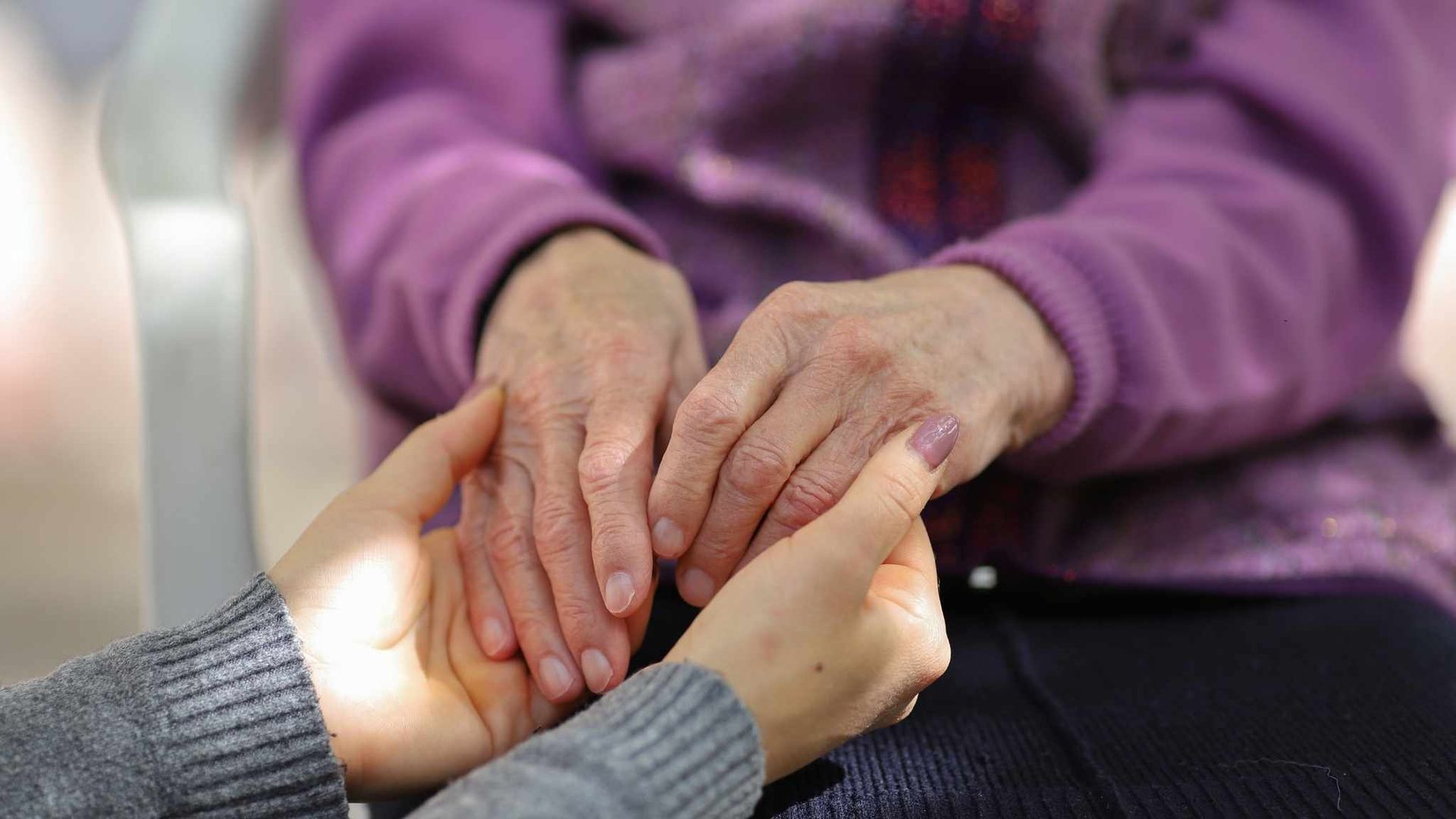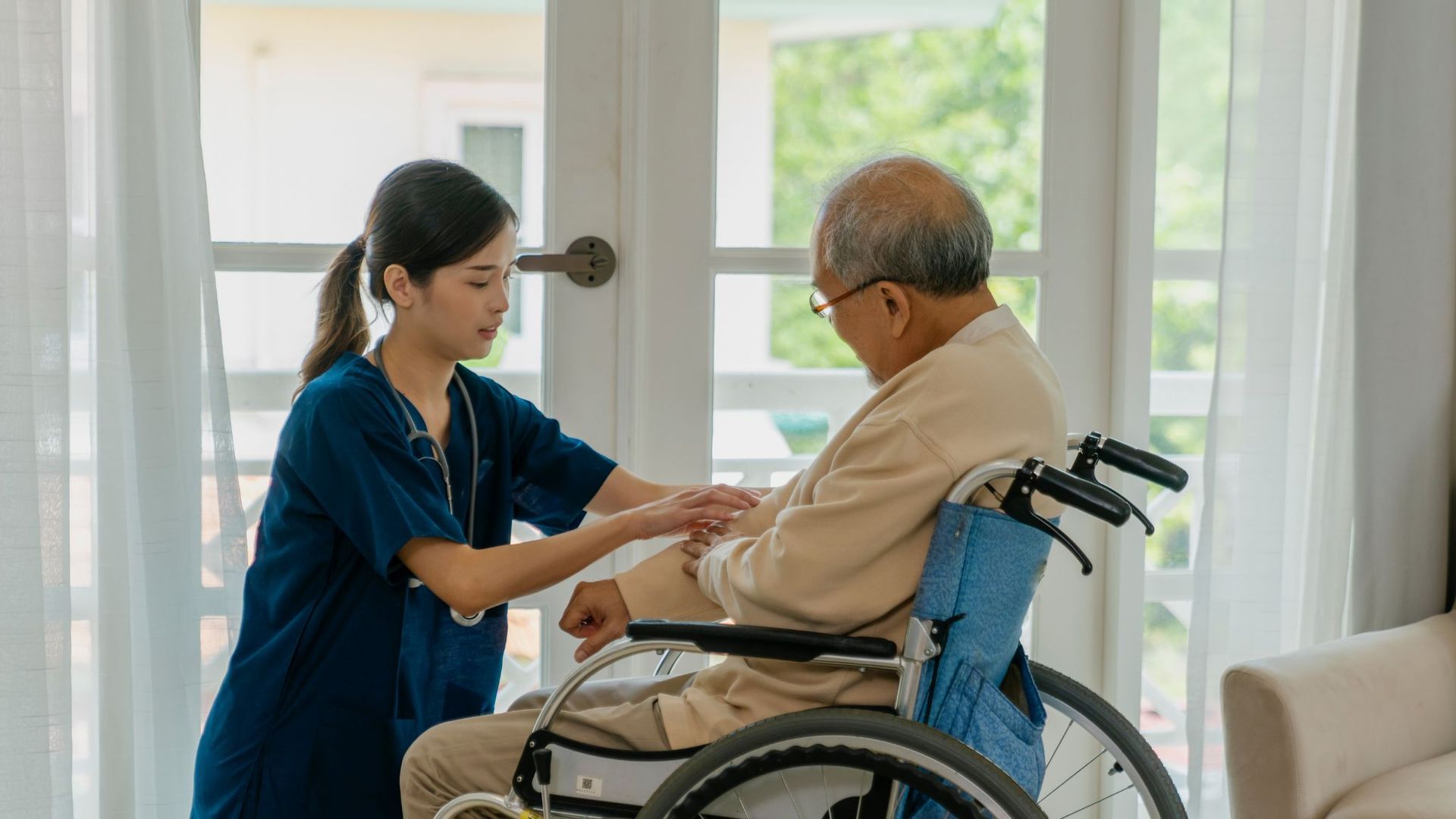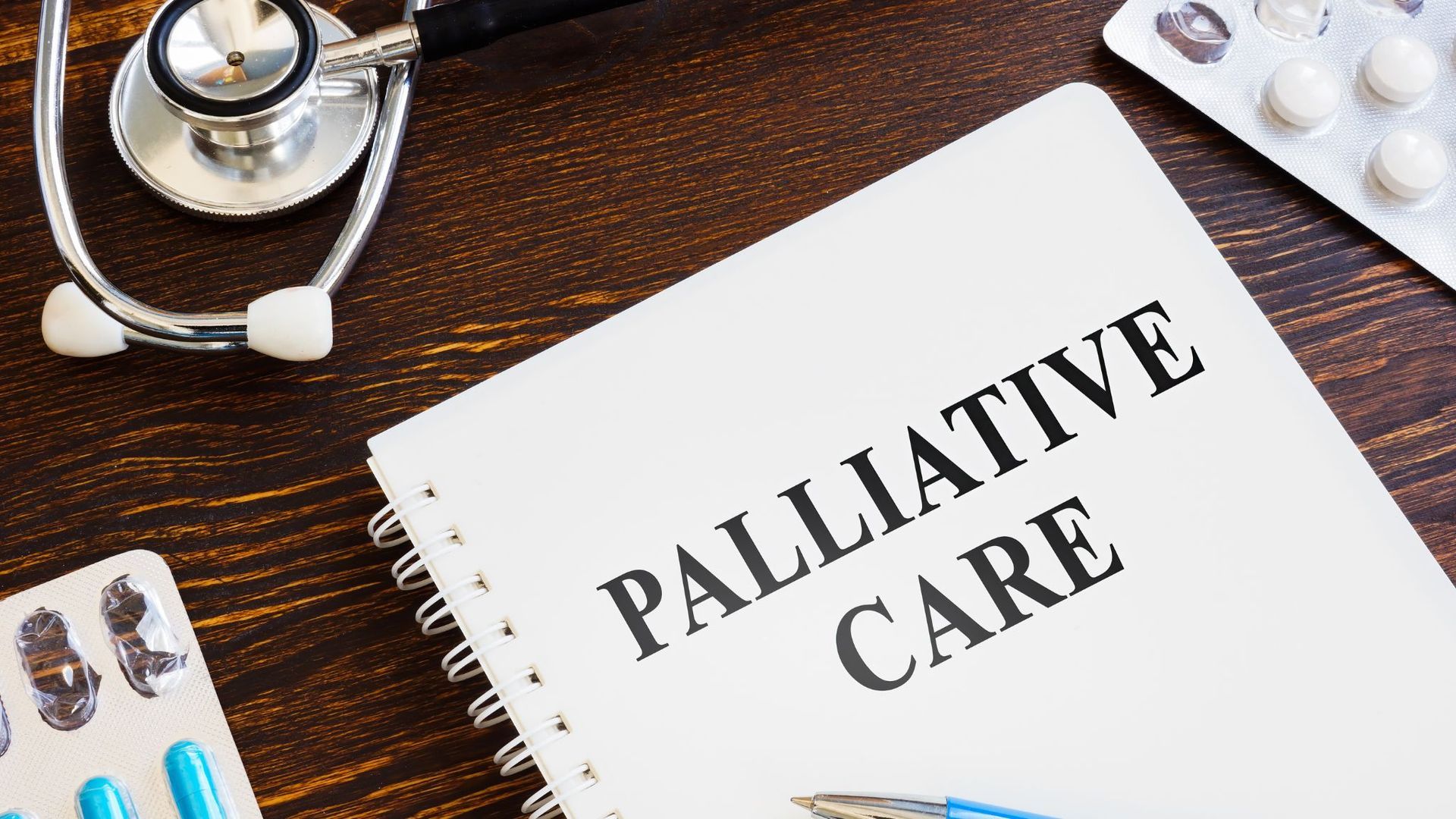How to Qualify for Hospice and Begin Comfort-Focused Care
Life has its end. This is a hard truth that we need to deal with, especially when faced with the heart-wrenching question of whether hospice care might be the right path for ourselves or a loved one.
For many, this decision doesn’t come easy—it’s filled with questions about timing, eligibility, and what hospice care truly means for the days ahead. You might be wondering, “Are we even ready for this step? Do we even qualify?”
The uncertainty can feel overwhelming, especially when every option, every term, and every decision holds so much weight. But, understanding how to qualify for hospice care can help bring clarity to this emotional crossroads.
Let's get into it.
What Determines the Need for Hospice Care?
Hospice care is designed for those facing serious health conditions that bring life’s end closer. Eligibility can seem complicated, but it mainly centers on whether a patient’s health needs have shifted from trying to cure the illness to focusing on comfort and quality of life.
Families often find peace in knowing what specific steps are involved in qualifying for hospice, as it helps prepare them for a compassionate approach to care. With clear guidelines and support from healthcare professionals, it becomes easier to decide if hospice is the right path forward.
How to Qualify for Hospice Care: The Basic Requirements
Deciding on hospice care begins with understanding the basic eligibility criteria. Here are the two main factors that lay the foundation for hospice qualification:
Medical Diagnosis of a Life-Limiting Illness
To qualify for hospice, a person usually needs a doctor’s diagnosis confirming a terminal illness like advanced heart disease, cancer, or late-stage dementia. This diagnosis should come with an estimated life expectancy of six months or less if the illness continues on its expected path. Doctors might use specific tools to assess how far the illness has progressed.
Choosing Comfort Care Over Medical Treatments
Hospice care is focused on comfort rather than cures, meaning the person and family agree to shift away from treatments aimed at recovery. Instead, the goal is to manage symptoms and improve quality of life. For those under 21, this agreement might not be necessary to qualify.
Aside from those two, here are additional signs that can further confirm a person’s readiness for this compassionate type of care:
Multiple Hospital or ER Visits in Recent Months
Frequent hospital trips in the last six months can suggest that the illness is getting worse and that the person may need the extra support hospice provides. Regular visits to the hospital often signal that the condition has reached a more advanced stage.
Noticeable Weight Loss and Declining Strength
A decline in weight, especially a loss of 10% or more within six months, is another sign doctors consider. This often includes reduced muscle tone and appetite, which may indicate the person’s condition is worsening and could benefit from hospice care.
Growing Fatigue and Reduced Mobility
Increasing tiredness, muscle weakness, or trouble moving around without help can also signal a decline in health. When energy levels drop and mobility is limited, hospice care can offer the focused support needed to improve comfort in daily life.
What Diagnosis Qualifies for Hospice?
Hospice care is meant for patients with a terminal diagnosis and prognosis of six months or less if the illness follows its expected course. While each condition is different, here are the diagnoses that generally qualify:
Cancer
Patients with advanced, spreading, or progressively worsening cancer may qualify for hospice. Specific signs include a high symptom burden, poor lab results, and signs of metastatic disease. Eligibility also requires a low score on the Palliative Performance Scale (PPS) of less than 70%, and patients typically stop life-extending treatments like chemotherapy or radiation.
Dementia
Late-stage dementia, defined as stage 7C or beyond on the Functional Assessment Staging (FAST) Scale, is also a common hospice diagnosis. To qualify, the patient must have experienced at least one of the following over the past year:
- Aspiration pneumonia
- Sepsis
- Severe malnutrition or weight loss
- Multiple stage 3-4 pressure ulcers
- Recurrent fever,
- Dehydration.
Renal Failure
Patients who choose not to undergo dialysis or kidney transplants due to advanced kidney failure may qualify for hospice. Requirements include very low creatinine clearance (under 10, or under 15 for those with diabetes) and high creatinine levels. This may also include symptoms like very low urine output, toxic uremia levels, heart inflammation, or fluid overload that is hard to manage.
Heart Disease
End-stage heart failure, especially New York Heart Association (NYHA) Class IV, where patients experience symptoms like severe breathlessness or chest pain even at rest, can make patients eligible for hospice. Patients must be unable to perform simple activities without breathlessness and should have already received the optimal level of medical care, including medications. Other supporting signs include a low ejection fraction (EF) of under 20% and treatment-resistant heart issues.
HIV/AIDS
Patients with advanced HIV/AIDS who have low CD4 counts (below 25) or high viral loads (over 100,000) may qualify. To meet hospice criteria, these patients should also exhibit severe symptoms like central nervous system lymphoma, significant weight loss, or recurrent infections, and have a low PPS score of 50% or below.
Liver Disease
End-stage liver disease qualifies for hospice if lab results show a prolonged prothrombin time (PT) or high INR and low serum albumin levels. Patients should experience symptoms like unmanageable ascites, recurrent bleeding, liver failure, or advanced malnutrition.
Pulmonary Disease
Patients with advanced lung disease may qualify if they experience extreme shortness of breath even at rest, minimal response to medications, and a reduced ability to function (often limited to bed or chair). Documentation of low blood oxygen levels and high carbon dioxide levels is required, along with signs of disease progression over the last three months.
Neurologic Diseases (ALS, Parkinson’s, MS)
People with advanced neurologic diseases like ALS, Parkinson’s, or multiple sclerosis may qualify if they face severe breathing issues (e.g., breathlessness at rest) and refuse artificial ventilation. Rapid health decline—such as moving from walking independently to being bed-bound—is also considered, along with critical nutritional impairment or recurring complications like aspiration pneumonia.
Stroke or Coma
Patients in a vegetative state with a PPS of less than 40% and a poor nutritional state (10% weight loss over six months, low albumin, or regular aspiration issues) may qualify. For those in a coma, additional criteria include an abnormal brainstem response, lack of verbal response, and no withdrawal from pain on the third day of the coma.
Other Terminal Illnesses
If a patient’s condition doesn’t fit these specific categories but their prognosis is still six months or less, hospice may still be an option. Examples include severe sepsis or life-threatening circulatory issues that would be unlikely to improve.
Medicaid and Medicare Eligibility
To qualify for hospice under Medicaid, a patient typically needs a doctor’s certification of a terminal illness with a life expectancy of six months or less. Patients must also choose comfort-focused hospice care instead of treatments aimed at a cure, although those under 21 may not require this shift in care focus.
Medicare follows similar rules, requiring patients to have Medicare Part A and a terminal diagnosis with a prognosis of six months or less. Medicare also includes coverage for counseling and evaluation services to help patients and families make informed decisions about hospice care.
While Medicaid and Medicare are the main sources of hospice coverage, some private insurance plans may also cover these services. Requirements for private insurance vary, usually including a terminal diagnosis and sometimes requiring patients to stop curative treatments.
Conclusion
Deciding on hospice care for yourself or a loved one can feel overwhelming, especially during a time already filled with heavy emotions. But, having a clear understanding of how to qualify for hospice can help make this choice a little easier, ensuring your loved one receives the right level of care and comfort when it’s needed most. Hospice care is centered on supporting quality of life and prioritizing peace in the final months, offering a compassionate approach tailored to each individual’s journey.
If you’re uncertain about hospice or need guidance,
Olympia Hospice is here to help.
Reach out to us to learn more about the process, ask questions, and find the support your family deserves at every step.










